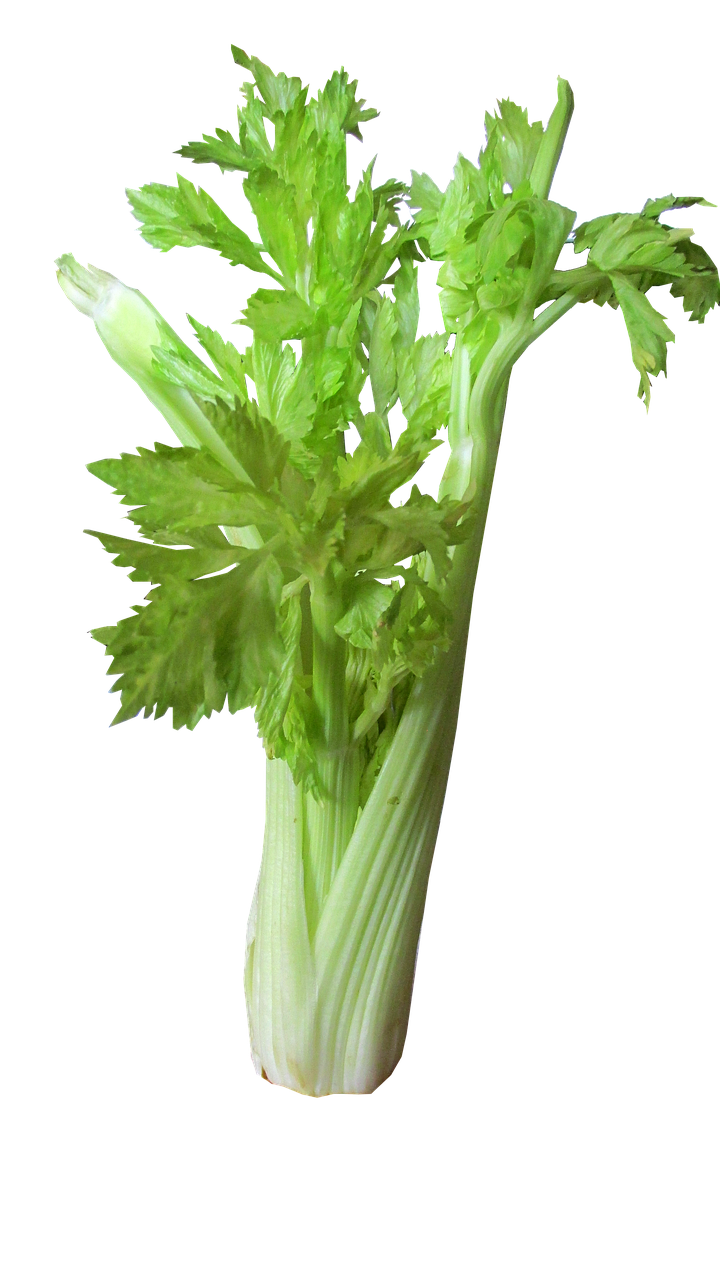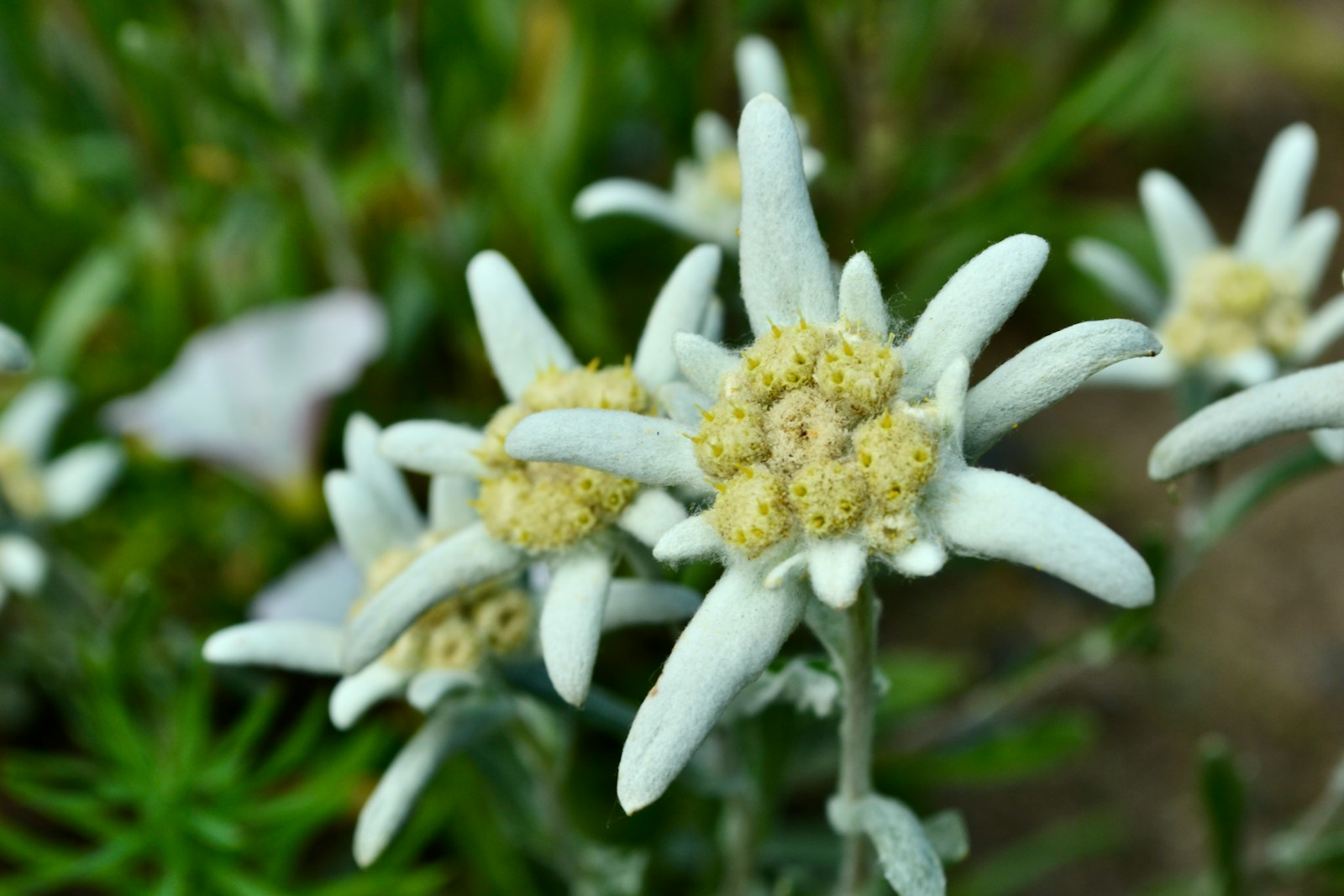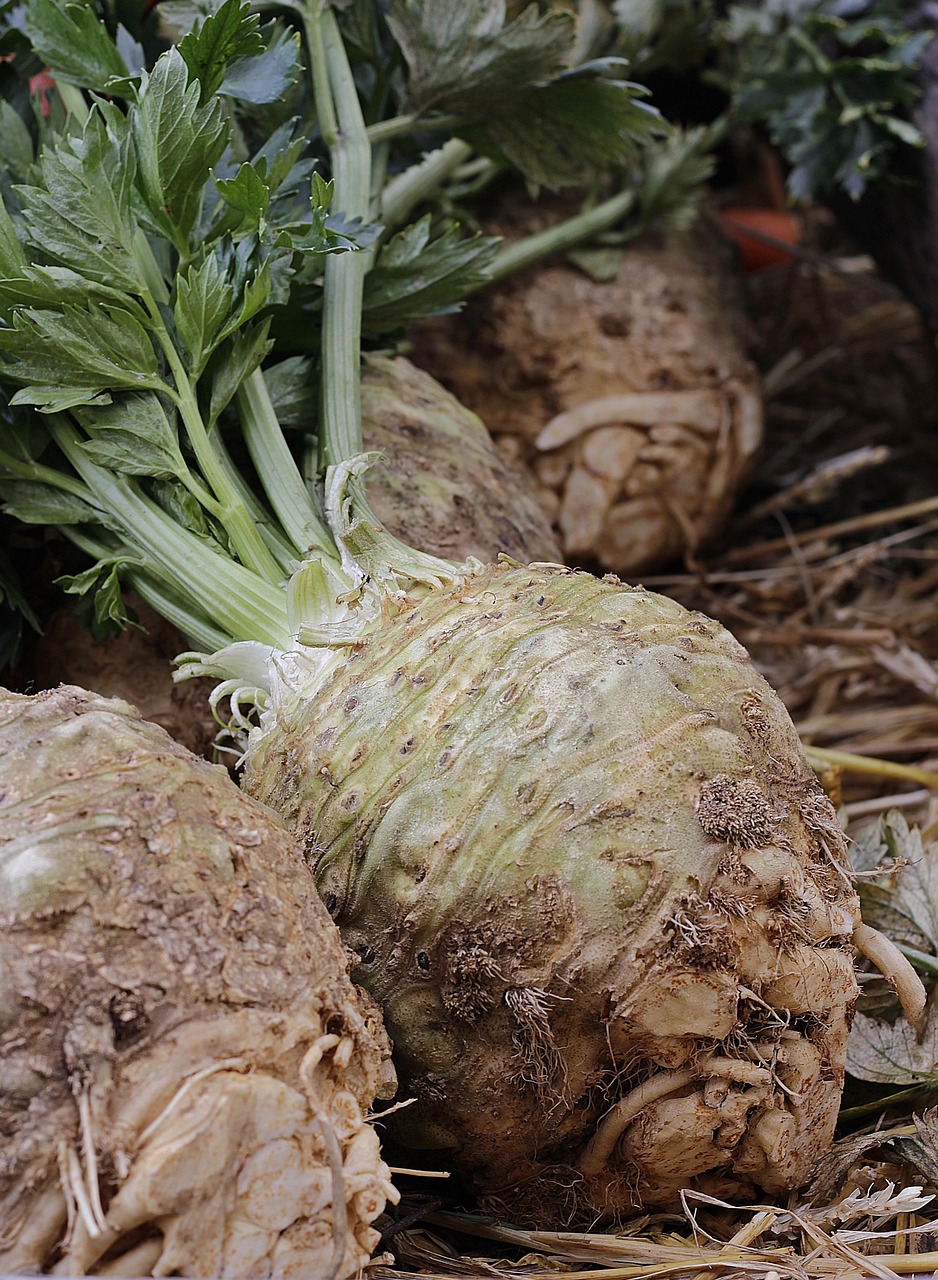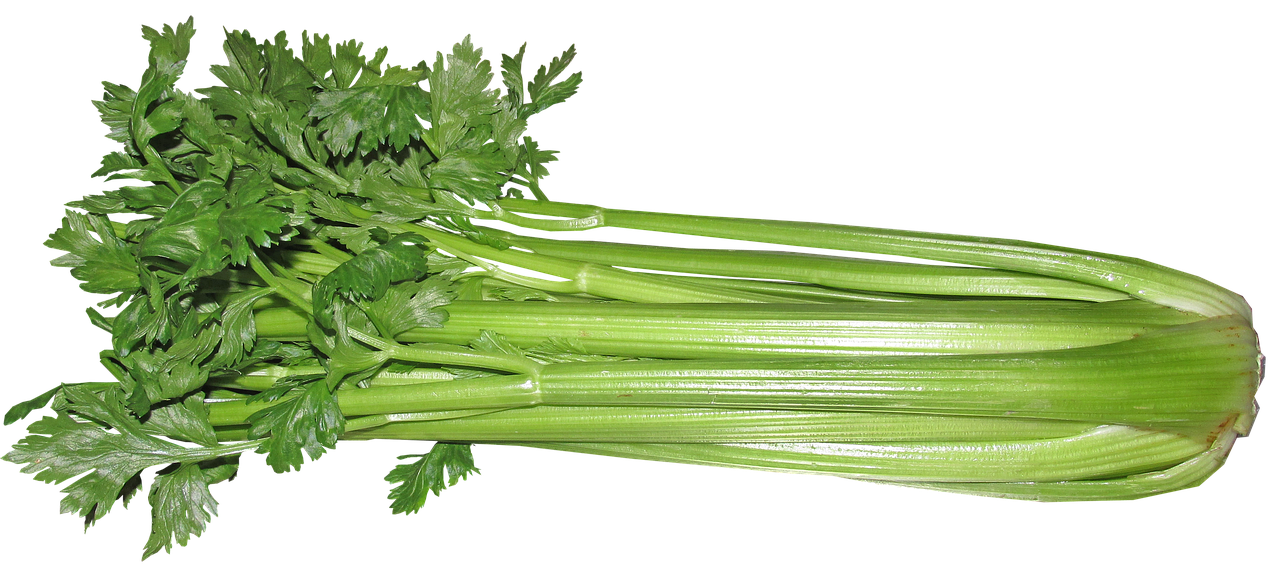
How I love Celery

Written by lara
Before we list them, did you know that celery is an herbaceous plant of the parsley family (Apiaceae) and has existed since as far back as 850 B.C.? Also, as many other plants and vegetables, celery was at first only used for its medicinal properties like antibacterial and anti-inflammatory. Even now celery has found its place in many of our plates for his varieties of benefits such as helping lowering cholesterol, reducing blood pressure, detoxifying the body, boosting immunity system, lowering arthritis pain and many more. Furthermore, celery being a high fiber vegetable, essentially water composed; it is very low in calories: for 100g of celery you get about only 14 calories.
But you need to watch out because celery juice consumption may cause you to suffer from eczema and skin swelling if you happen to be allergic to it.
So here is a list of celery that exists! There are separated into three main categories, each of them containing several subcategories.

– Celeriac. Originally found in the Mediterranean basin and Northern Europe.

– Celery leaf. From East Asia and mainly cultivated for its leaves.

– Pascal celery. Mainly found in the United States.
So, I decided not to list them all because firstly finding pictures free of right about celery subcategories is a tad more difficult than initially planned (no kidding) and secondly because I’m kind of getting bored writing about celery. I’ve read too much about celery to last me for the rest of my life honestly, I don’t think I need to acquire any more knowledge about it.
There you go, now you know everything there is to know about celery! (Really on the surface, but hey, it’s still clearly more than what you knew before you’ve read this) How lucky you are to have acquired all this essential knowledge about a green vegetable. It will definitely be useful to you…in some way…one day…I’m sure it will…
If you are interested on learning more (weirdo) I’d suggest this link on which I’ve almost only based my research about this article. It’s really detailed and covers literally every celery plant you could possibly think of: https://www.lacademie.com/types-of-celery/